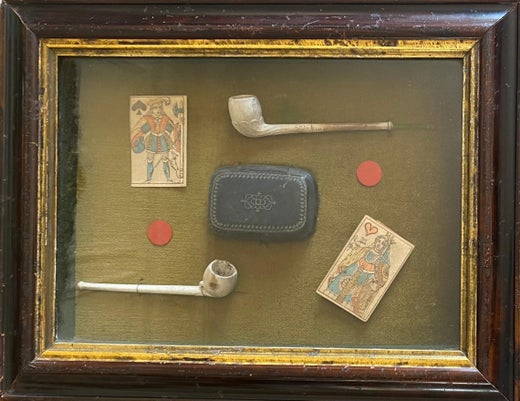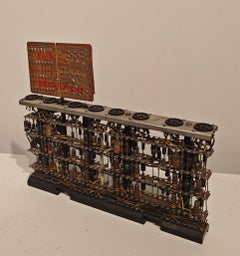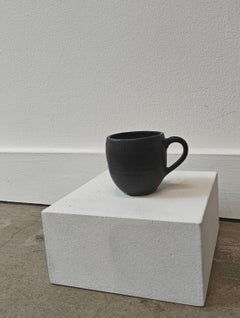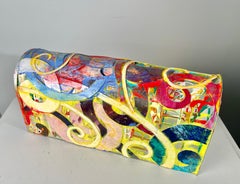Charles Green Shaw"Montage" Charles Green Shaw, Antike Spielkarten und Pfeifenmontagecirca 1935
circa 1935
Angaben zum Objekt
- Schöpfer*in:Charles Green Shaw (1892 - 1974, Amerikanisch)
- Entstehungsjahr:circa 1935
- Maße:Höhe: 48,26 cm (19 in)Breite: 40,64 cm (16 in)
- Medium:
- Bewegung und Stil:
- Zeitalter:
- Zustand:
- Galeriestandort:New York, NY
- Referenznummer:1stDibs: LU1841215260152
Charles Green Shaw
Charles Green Shaw war ein amerikanischer Künstler, Maler und Schriftsteller, der 1892 in New York City geboren wurde. Er wurde zu einer bedeutenden Figur in der Geschichte der amerikanischen abstrakten Kunst. Sein Werk zeichnete sich durch seine klare Form und architektonische Konstruktion aus. Im späteren Verlauf seines Lebens wendet sich Charles dem abstrakten Expressionismus zu. Er machte seinen Abschluss an der Yale University und studierte anschließend an der Art Students League of New York bei Thomas Hart Benton. Er nahm auch Privatunterricht bei George Luks.
Shaws Werke sind Teil der meisten großen Sammlungen amerikanischer Kunst, darunter das Whitney Museum, das Metropolitan Museum of Art, das Museum of Fine Arts, Boston, das Arts Institute of Chicago, die Smithsonian Institution, die Pennsylvania Academy of the Fine Arts und die Corcoran Gallery.
Das könnte Ihnen auch gefallen
1960er, Amerikanische Moderne, Abstrakte Skulpturen
Mixed Media
1980er, Amerikanische Moderne, Mixed Media
Glas, Holz
1980er, Amerikanische Moderne, Mixed Media
Glas, Holz
1980er, Amerikanische Moderne, Mixed Media
Glas, Holz
1980er, Amerikanische Moderne, Mixed Media
Glas, Holz
1980er, Amerikanische Moderne, Mixed Media
Glas, Holz
1930er, Amerikanische Moderne, Abstrakte Skulpturen
Gips
Ende des 20. Jahrhunderts, Amerikanische Moderne, Abstrakte Skulpturen
Bronze
Ende des 20. Jahrhunderts, Amerikanische Moderne, Abstrakte Skulpturen
Steingut, Glasur
1970er, Amerikanische Moderne, Abstrakte Skulpturen
Steingut, Glasur
Mehr von diesem*dieser Anbieter*in
Alle anzeigen1960er, Amerikanische Moderne, Abstrakte Skulpturen
Emaille, Edelstahl
1970er, Konzeptionell, Abstrakte Skulpturen
Metall
1970er, Moderne, Abstrakte Skulpturen
Keramik, Glasur
1990er, Abstrakter Expressionismus, Abstrakte Skulpturen
Metall
1960er, Konzeptionell, Abstrakte Skulpturen
Holz, Papier
1970er, Abstrakt, Abstrakte Skulpturen
Textil, Synthetik



